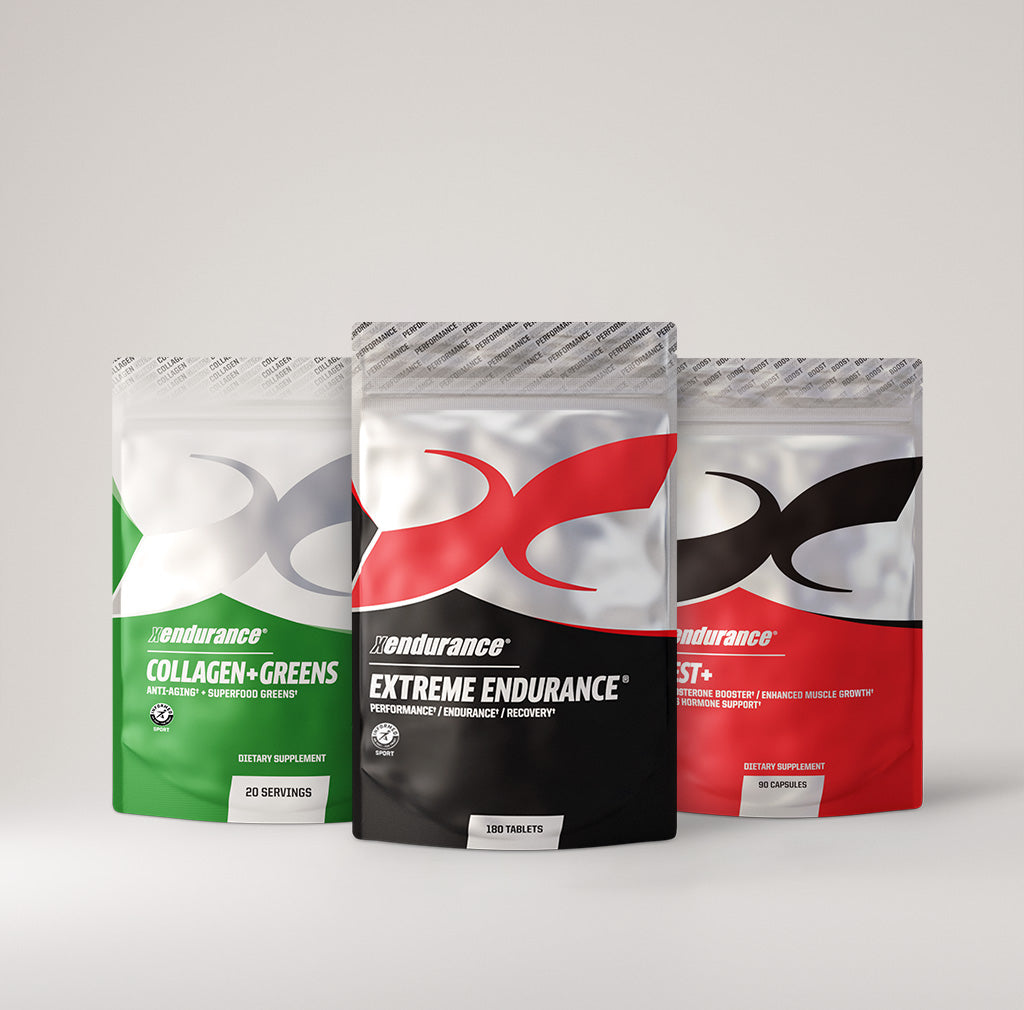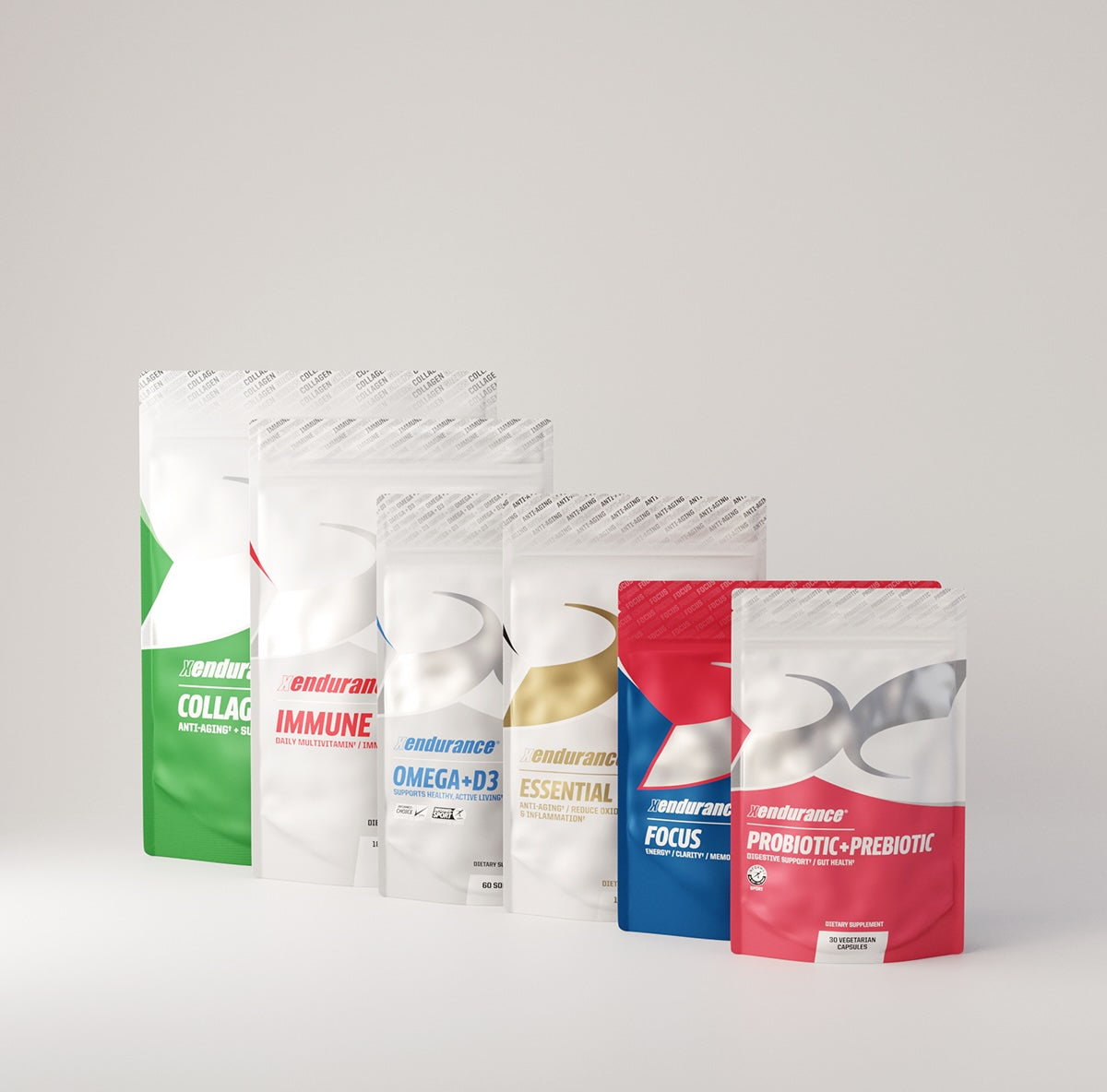Water bottles are an essential part of daily life for many of us. Whether you’re hitting the gym, heading to the office, or hiking in the great outdoors, staying hydrated is key. But how often do you think about cleaning that trusty water bottle? If you’re like most people, probably not enough. The truth is, that your water bottle can become a breeding ground for mold, bacteria, and other nasty microorganisms if it’s not cleaned regularly. In this blog, we’ll dive into how often you should clean your water bottle, what could be lurking inside, the health risks involved, and the best cleaning methods for different types of water bottles.
How Frequently Should Your Water Bottle get a Cleaning?
The short answer: daily. Yes, you read that right. Experts, including those from the Centers for Disease Control and Prevention (CDC) and various health organizations, recommend washing your reusable water bottle every day, especially if you use it regularly. Even if you’re only filling it with water, small amounts of moisture, saliva, and environmental contaminants can create the perfect conditions for microbial growth over time.
If you’re using your bottle for anything other than plain water—like sports drinks, coffee, or juice—you should clean it after every single use. Sugary or acidic liquids provide extra fuel for bacteria and mold to thrive. And if you’ve been sick recently? Give it an immediate deep clean to avoid reintroducing germs to your system.
For those who don’t use their bottle daily, a thorough cleaning before each use is a good rule of thumb, especially if it’s been sitting around for a while. Mold and bacteria don’t need much time to start growing in a damp, enclosed space.
What Could Be Growing in Your Water Bottle?
You might think, “It’s just water—what could possibly grow in there?” The reality is a bit unsettling. Here’s what could be lurking inside your unwashed water bottle:
- Mold: Mold loves dark, damp environments, and a water bottle with lingering moisture is a prime candidate. If you’ve ever left your bottle closed with a bit of water inside for a few days, you might notice black, green, or white fuzzy spots forming, especially around the lid, straw, or crevices. That’s mold. It might also give off a musty smell—a telltale sign something’s gone wrong.
- Bacteria: Your mouth introduces bacteria like Streptococcus (from saliva) every time you take a sip. Add in warm temperatures and a little leftover water, and you’ve got a bacterial party. E. coli and Pseudomonas—bacteria linked to contamination from hands or surfaces—can also find their way in if you’re not careful about handling your bottle.
- Yeast and Other Microbes: Less common but still possible, yeast can grow in bottles used for sugary drinks. These microorganisms might not always be visible but can still affect taste and safety.
Visually, mold might look like tiny speckles or a fuzzy coating, while bacteria often don’t show up to the naked eye until they form a slimy biofilm. If your bottle starts to smell funky or the water tastes off, that’s a red flag that something’s growing.
Health Risks of a Dirty Water Bottle
So, what happens if you drink from a bottle teeming with mold or bacteria? The risks range from mild discomfort to more serious issues:
- Mild Symptoms: A funky taste or smell might be the first clue, followed by an upset stomach, nausea, or diarrhea if you ingest harmful bacteria or mold spores.
- Infections: Bacteria like Pseudomonas can cause respiratory or skin infections in rare cases, especially if your immune system is compromised. E. coli ingestion could lead to food poisoning-like symptoms.
- Allergic Reactions: Mold exposure might trigger allergies or asthma in sensitive individuals, causing sneezing, coughing, or irritation.
- Chronic Exposure: While a one-off sip from a dirty bottle probably won’t land you in the hospital, consistently drinking from a contaminated container could stress your immune system over time.
The good news? These risks are easily avoidable with proper cleaning habits.
How to Clean Your Water Bottle
Cleaning your water bottle doesn’t have to be a chore. Here’s a step-by-step guide to keeping it spotless:
- Daily Rinse: After each use, rinse your bottle with warm water and a mild dish soap. Use a bottle brush to scrub the interior, focusing on hard-to-reach spots like the bottom and threads of the lid.
- Deep Clean: At least once a week (or daily if you use it for anything other than water), do a more thorough clean. Fill the bottle with warm water, add a teaspoon of dish soap, and let it soak for a few minutes. Scrub with a brush, then rinse thoroughly.
-
Sanitize: For an extra layer of protection, sanitize your bottle weekly. You can:
- Use a solution of one part white vinegar to three parts water, let it sit for 10 minutes, then rinse well.
- Add a teaspoon of unscented bleach to a full bottle of water, let it sit for a minute, then rinse thoroughly (avoid this with metal bottles to prevent corrosion).
- Boil removable parts like lids or straws (if heat-safe) for 5-10 minutes.
- Dry Completely: After washing, let your bottle air-dry upside down with the lid off. Trapped moisture is mold’s best friend, so don’t skip this step.
For bottles with straws or narrow openings, invest in a skinny brush or pipe cleaner to tackle those tight spaces. If your bottle is dishwasher-safe (check the label!), pop it in the top rack for an easy clean—just make sure all parts are disassembled.
How Often Should You Clean Different Types of Water Bottles?
Not all water bottles are created equal, and the material can affect how often and how you clean them. Here’s a breakdown:
- Stainless Steel:
- Frequency: Daily rinse, weekly deep clean.
- Method: Soap and water work great. Avoid bleach, as it can damage the finish over time. Stainless steel is non-porous and resistant to bacteria, but mold can still grow if moisture lingers.
- Pros: Durable and less prone to retaining odors or stains.
- Plastic:
- Frequency: Daily rinse, daily or every other day deep clean if used for sugary drinks.
- Method: Soap and water, plus occasional vinegar or bleach sanitizing. Check for BPA-free labels to avoid chemical leaching. Scratches in plastic can harbor bacteria, so inspect regularly and replace if worn.
- Pros: Lightweight and affordable, but more prone to biofilm buildup.
- Glass:
- Frequency: Daily rinse, weekly deep clean.
- Method: Soap and water or dishwasher (if safe). Glass is non-porous and resists bacteria, but lids and seals still need attention to prevent mold.
- Pros: No flavor retention, eco-friendly, but heavier and breakable.
- Silicone (Collapsible Bottles or Parts)**:
- Frequency: Daily rinse, weekly sanitizing.
- Method: Warm soapy water or vinegar soak. Silicone can trap moisture in folds, so dry thoroughly. Avoid harsh abrasives that could degrade it.
- Pros: Flexible and portable, but requires careful drying.
- Insulated Bottles (Double-Walled): such as the Xendurance Purist Bottle
- Frequency: Daily rinse, weekly deep clean.
- Method: Hand-wash only (most aren’t dishwasher-safe due to the vacuum seal). Use a brush to reach inside, and sanitize lids separately.
- Pros: Keeps drinks cold or hot, but complex lids can harbor germs.
Final Tips for a Clean Water Bottle
- Don’t Share: Sharing bottles spreads germs faster than you’d think.
- Store Smart: Keep your bottle open and dry when not in use—don’t leave it sealed with water inside.
- Replace When Needed: If your bottle develops cracks, persistent odors, or stains that won’t budge, it’s time for a new one.
Keep It Clean, Stay Hydrated: Your Water Bottle Routine
Your water bottle might look innocent, but without regular cleaning, it can turn into a petri dish of mold, bacteria, and other unwelcome guests. Washing it daily with soap and water, giving it a weekly deep clean, and tailoring your method to its material will keep it safe and fresh. After all, the goal is hydration—not a side of health risks. So, grab that bottle brush, set a cleaning routine, and sip with confidence, knowing your water bottle is as clean as your intention to stay hydrated!









コメントを書く
このサイトはhCaptchaによって保護されており、hCaptchaプライバシーポリシーおよび利用規約が適用されます。